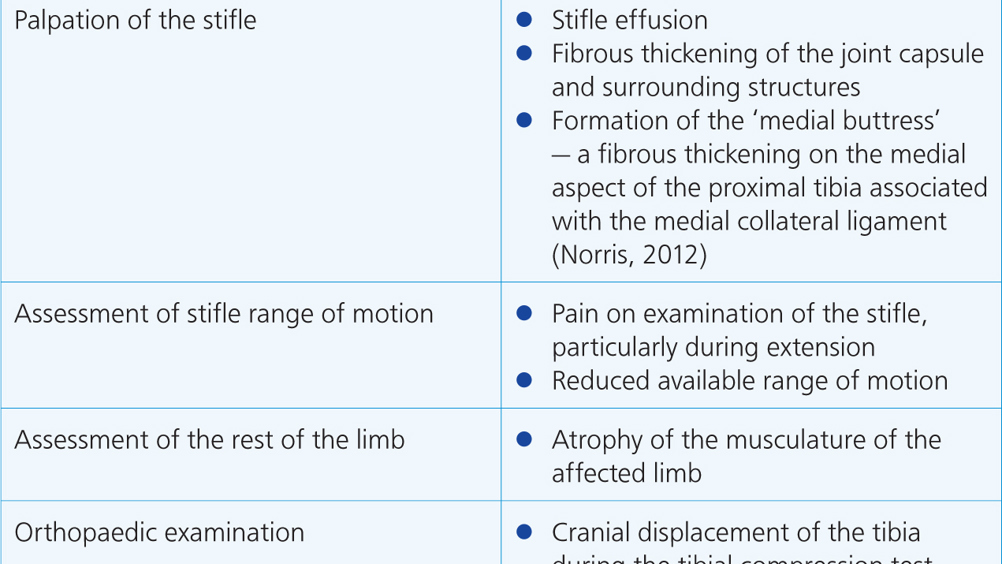References
Cruciate ligament disease and the role of the Balto Knee Brace

Abstract
Cruciate disease is the most prevalent cause of hindlimb lameness amongst the canine population. As a result of the prevalent nature of the condition, improved management strategies are continually being sought from both a surgical and conservative perspective. This article discusses cruciate disease, and the KVP ‘Balto’ brace in relation to its use as part of conservative management strategy.
Cruciate ligament disease, a term developed to include both acute ruptures and the more common chronic degeneration of the cranial cruciate ligament (CCL) (Corr, 2009), is the most common cause of hindlimb lameness in the dog (Harasen, 2011). With a likelihood of rupture of the CCL in the contralateral limb estimated to be approaching 60% (Harasen, 2011), and the inevitable development of degenerative joint disease in the affected stifle, cruciate disease can have a huge impact on animal wellness and quality of life. New techniques for repair and/or management are continually being sought in an attempt to address this issue. This article discusses the background of the condition and different management techniques available for treatment, including use of a the Balto Knee Brace for support, designed and manufactured by JOYVET Italy and supplied by KVP International.
Register now to continue reading
Thank you for visiting The Veterinary Nurse and reading some of our peer-reviewed content for veterinary professionals. To continue reading this article, please register today.

